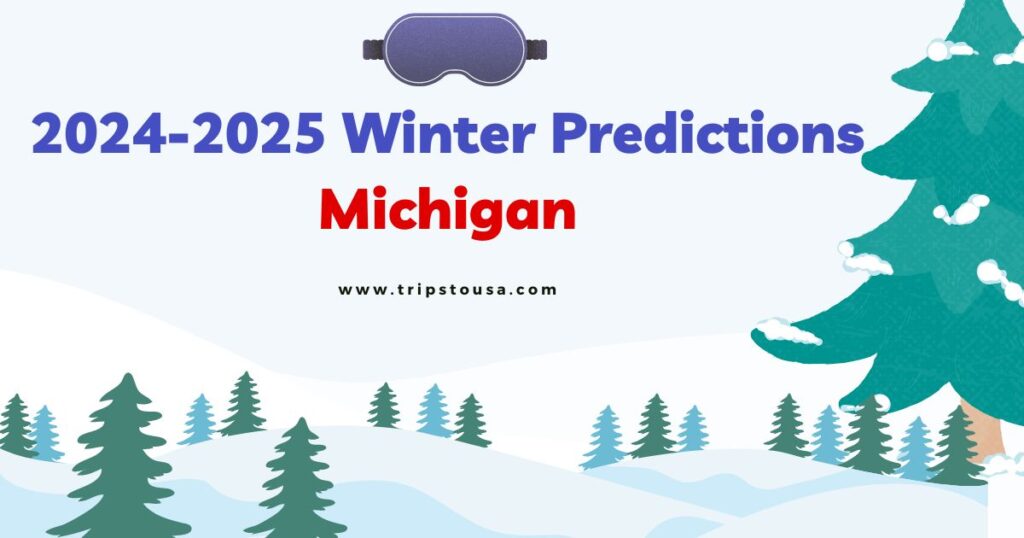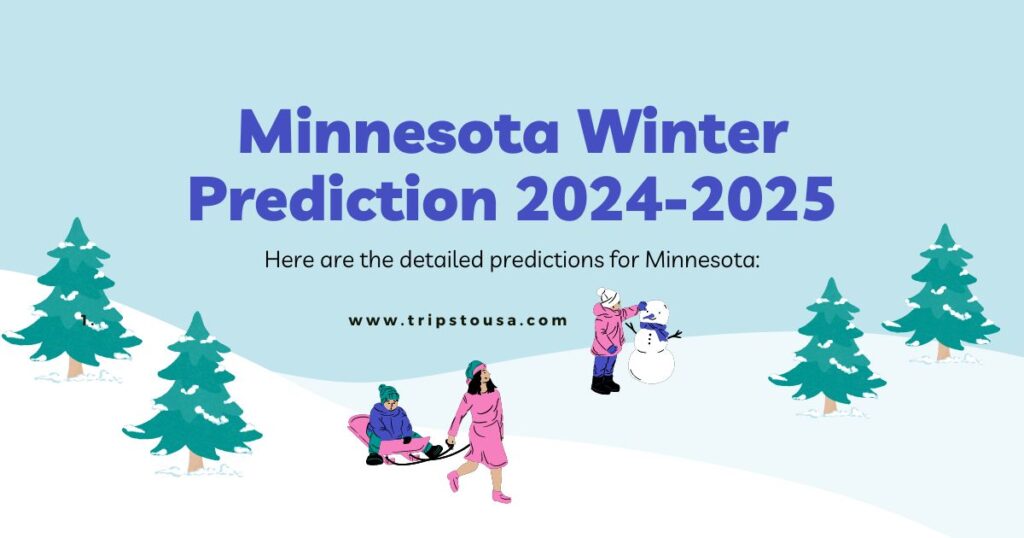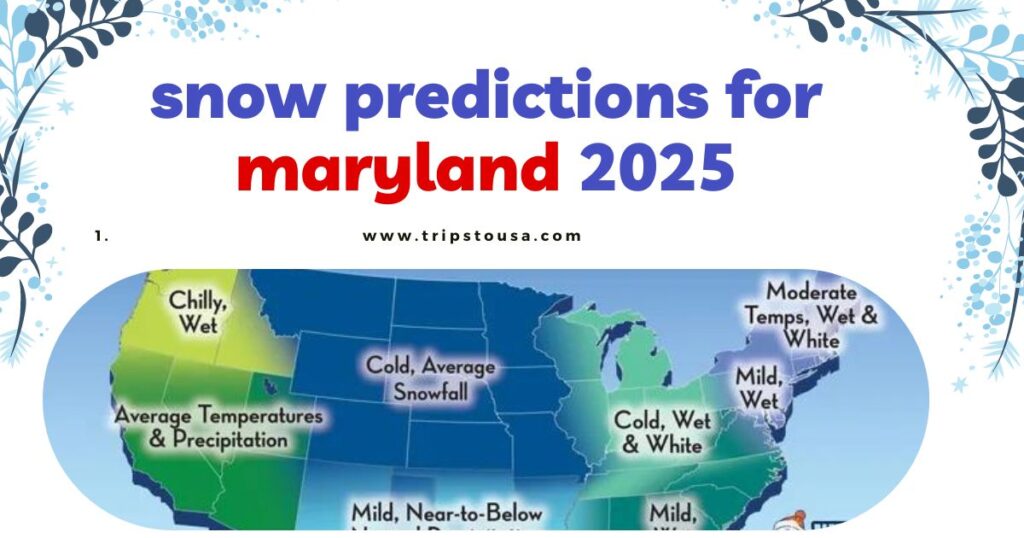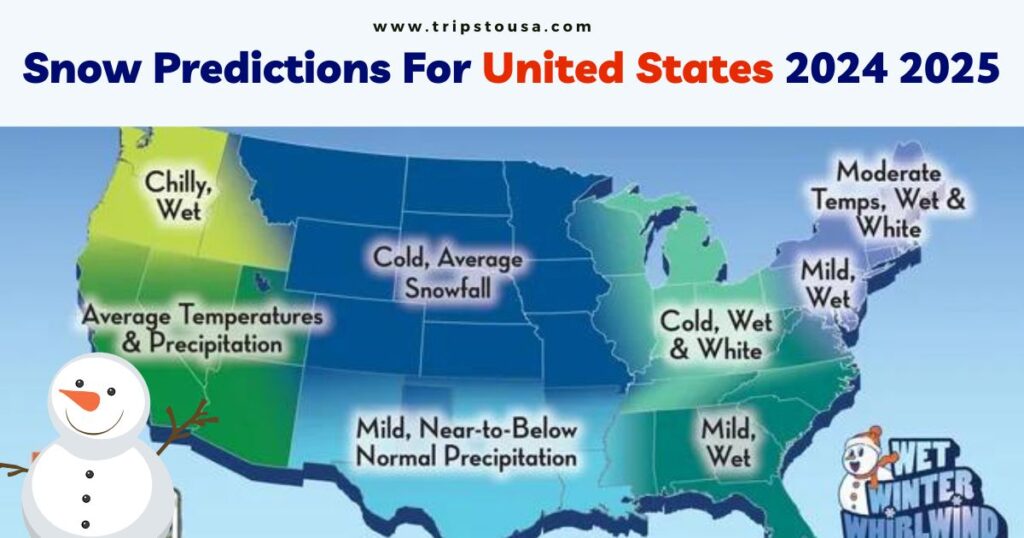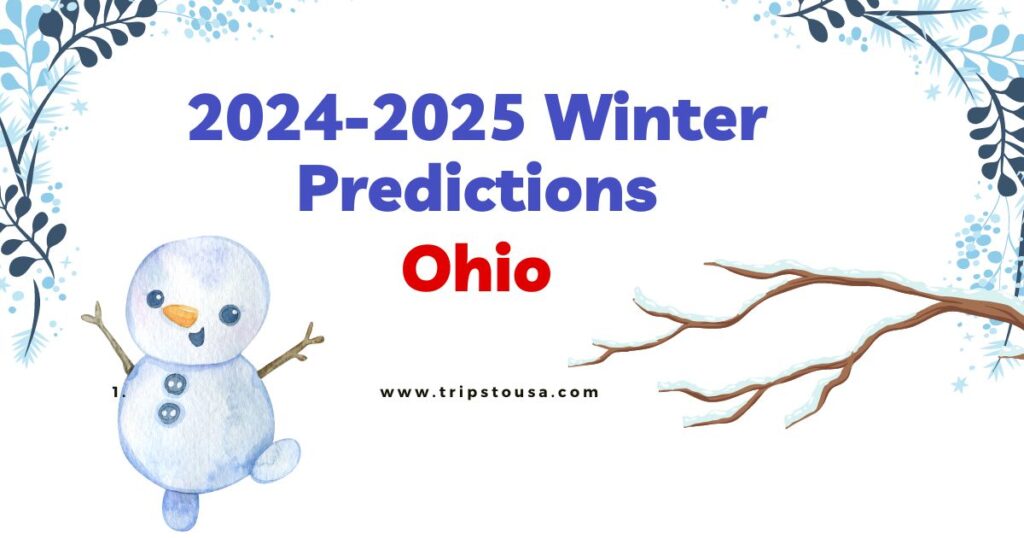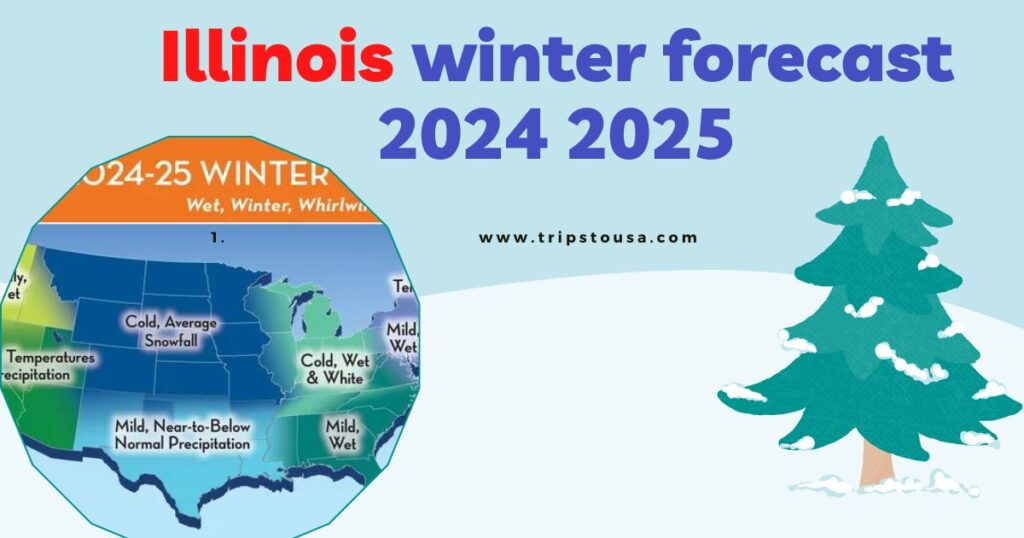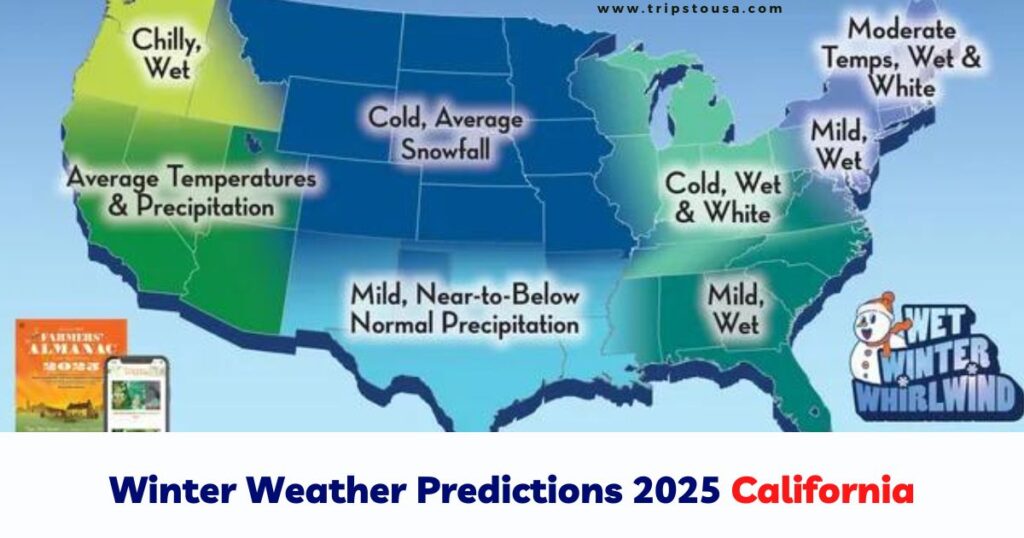2024-2025 Winter Predictions Wisconsin
Above Average Precipitation: Wisconsin is expected to experience above average precipitation during the winter of 2024-2025. This is due to the active storm track associated with La Niña conditions, which tends to bring more moisture to the region.
La Niña pattern
The forecaster predicts a La Niña pattern for the upcoming winter, which historically tends to bring colder temperatures and increased snowfall to the Midwest including Wisconsin. While the overall winter trend suggests cold conditions the forecaster emphasizes the possibility of significant snowstorms especially during January and February Month.
Winter Temperature Outlook for Wisconsin 2025
- Overall Temperature Prediction: Expect colder temperatures across Wisconsin this winter. Schlow’s models indicate a significant likelihood of below average temperatures.
- Temperature Probability: There is a 40-50% chance of below-average temperatures. In some regions of Wisconsin, this could increase to a 50-60% chance of experiencing colder-than-normal conditions.
Winter Precipitation Outlook for Wisconsin 2024 2025
- Overall Precipitation Prediction: Wisconsin is likely to see above-average precipitation during the winter months.
- Precipitation Probability: The models predict a 40-50% chance of above-average precipitation, which could lead to a snowy winter.
Snow Predictions for Wisconsin 2024 2025
- Snowfall Amounts: Expect substantial snowfall, especially in northern Wisconsin. Areas around the Great Lakes, including Wisconsin, are predicted to experience significant lake-effect snow.
- Snowfall Probability: There are indications that some regions might receive snowfall ranging from 24 to 36 inches or more, with potential for higher totals depending on lake-effect conditions.
Wisconsin Winter Forecasts from Key Reliable Forecast Sources
NOAA
The NOAA Winter 2024-2025 early forecast suggests a potential return of La Niña, which could bring cooler and wetter conditions to the northern United States, including Wisconsin.
Wisconsin may experience colder temperatures & higher snowfall than usual particularly in the northern parts of the state. However forecasts are still early, and conditions could change as winter approaches.
Wisconsin based on the NOAA forecast :
Temperature: Colder than normal conditions are likely for Wisconsin this winter. This is due to the expected La Niña pattern, which typically brings cooler temperatures to the northern U.S.
Precipitation: Higher than normal precipitation is forecast for Wisconsin. This means there’s a good chance of more snowfall compared to an average winter.
Snowfall: While the forecast doesn’t explicitly state the amount of snowfall Wisconsin falls within the Northeast region highlighted for an increased likelihood of significant snowfall.
National Weather Service (NWS)
- Temperature: Wisconsin is likely to experience warmer-than-average temperatures this winter, particularly in the northern parts. This trend aligns with the general expectation for the northern tier of the U.S. due to ongoing El Niño conditions.
- Precipitation: There’s an equal chance of above below, or near-average precipitation for Wisconsin. This means that the state might see variability in snowfall and rainfall depending on how El Niño influences the region throughout the winter (NOAA) (Climate Prediction Center).
The Old Farmer’s Almanac:
The Old Farmer’s Almanac is predicting a colder-than-average winter with higher chances of snow.
AccuWeather:
AccuWeather forecasts a similar trend to the NOAA prediction, expecting Wisconsin to have milder temperatures with potential swings that could bring occasional cold snaps and snowstorms, though not as harsh as in some previous years.
Coldest Weather Ever Recorded in The Wisconsin
Coldest Weather in Wisconsin:
| Location | Date | Temperature (°F) | Temperature (°C) |
|---|---|---|---|
| Couderay | February 4, 1996 | -55°F | -48°C |
| Danbury | January 24, 1922 | -54°F | -48°C |
| Butternut | January 25, 1951 | -53°F | -47°C |
| Hayward | January 18, 1976 | -52°F | -47°C |
| Mellen | January 4, 1981 | -52°F | -47°C |
Wisconsin’s snowfall totals by year
Rhinelander – Snowiest Winters
| Rank | Snowfall (inches) | Winter |
|---|---|---|
| 1 | 115.6 * | 2018-19 |
| 2 | 107.6 | 2013-14 |
| 3 | 107.0 | 1938-39 |
| 4 | 99.9 | 2017-18 |
| 5 | 91.3 | 1949-50 |
| 6 | 91.0 | 2010-11 |
Wausau – Snowiest Winters
| Rank | Snowfall (inches) | Winter |
|---|---|---|
| 1 | 103.8 | 1908-09 |
| 2 | 100.3 | 1995-96 |
| 3 | 96.4 * | 2018-19 |
| 4 | 89.2 | 2017-18 |
| 5 | 85.1 | 1916-17 |
| 6 | 84.6 | 1950-51 |
| 7 | 84.0 | 1906-07 |
Green Bay – Snowiest Winters
| Rank | Snowfall (inches) | Winter(s) |
|---|---|---|
| 1 | 147.7 | 1887-88 |
| 2 | 103.6 | 1889-90 |
| 3 | 92.6 | 2010-11 |
| 4 | 87.7 | 2008-09 |
| 5 | 87.4 | 2007-08 |
| 6 | 82.7 | 1886-87 |
| 7 | 80.1 | 1922-23 |
| 8 | 77.5 | 1995-96 |
| 9T | 77.0 | 1996-97, 1888-89 |
| 11 | 74.2 | 2012-13 |
| 12 | 74.0 * | 2018-19 |
| 13 | 72.2 | 1893-94 |
FAQ
Coldest Day in Wisconsin History
The coldest day in Wisconsin history was on February 4, 1996, when the temperature plummeted to a bone-chilling -55°F (-48°C) in the Sawyer County village of Couderay. This record-breaking cold snap brought life to a standstill, with businesses closing and road conditions becoming treacherous
What is the record snowfall in Wisconsin?
The record seasonal snowfall in Wisconsin is 277.7 inches, recorded in Hurley during the winter of 1996-1997
What is the coldest time of the year in Wisconsin?
The coldest time of the year in Wisconsin is typically January Month.
Coldest Temperature in Wisconsin with Wind Chill
The coldest temperature ever recorded in Wisconsin with wind chill was a bone-chilling -62°F in February 1996.
What is the snowiest winter in Wisconsin?
Hurley Wisconsin holds the record for the snowiest winter in the state.
During the 1996-1997 winter season, an astonishing 277.7 inches of snow fell in the area. That’s nearly 23 feet of snow
Recommended Post :

